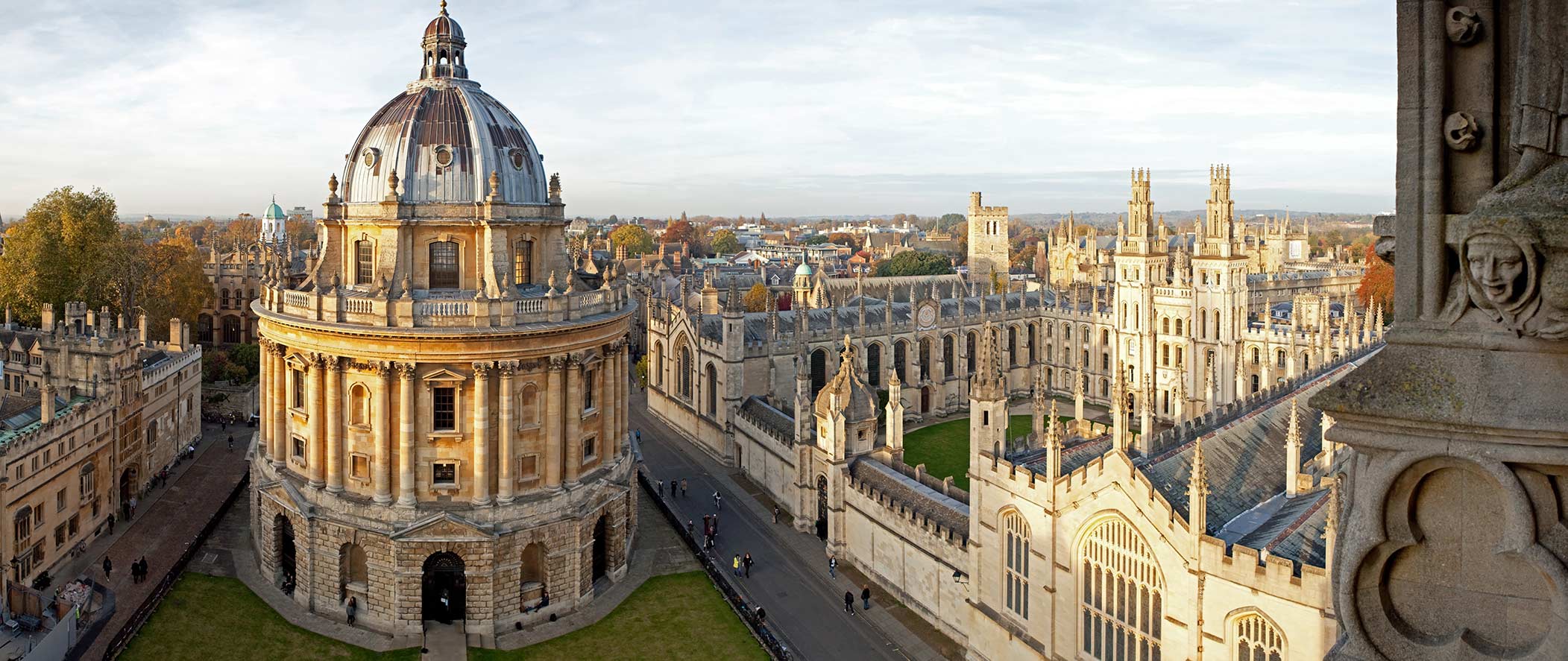The National Merit Scholarship Program: What You Need to Know
By Moser Educational Services | September 15, 2018

We have fielded many questions from parents and students about the upcoming PSAT and its National Merit Scholarship Program (“NMSP”) implications, and we hope to address your questions in this blog post.
About the NMSP
The NMSP is administered by the National Merit Scholarship Corporation in partnership with the College Board. It recognizes high achieving high school seniors based on PSAT/NMSQT test scores from junior year, with other considerations taken into account for some (details below). The program awards approximately $50 million in scholarships each year.
By taking the PSAT/NMSQT in October of your junior year, you are automatically enrolled in the program (assuming you meet general eligibility requirements). On your PSAT/NMSQT score report, there will be a section that tabulates your “Selection Index.” This index is the score measure used to determine your eligibility to participate in the program (details below).
Levels of Recognition
Approximately 1.5 million high school juniors take the PSAT and automatically enter the National Merit Scholarship Program. And, there are four principal levels of recognition:
Commended Student: The top 50,000 students are recognized as “commended” (34,000) or as “semifinalists” (16,000), the latter of whom move forward in the process. For the class of 2019, a student needed a Selection Index of 212 to be commended.
Semifinalist: The 16,000 semifinalists are determined proportionally by state, and the state cutoff scores vary year-to-year. For the class of 2019—California, the District of Columbia, Maryland, Massachusetts, New Jersey, and U.S. citizens studying abroad had the highest semifinalist Selection Index cutoff: 223. North Dakota, West Virginia, Wyoming, and the U.S. Territories had the lowest: 212.Notably, Colorado’s score cutoff was 221.
Finalist: Approximately 95% of all semifinalists are named “finalists” (15,000). To become a finalist, a student must meet certain academic standards, confirm his or her high PSAT score by taking the SAT, and submit an application.
Scholar: Approximately 8,200 of the 15,000 semifinalists become “National Merit Scholars,” the highest level of distinction.
About the Selection Index
The Selection Index weights your PSAT scores to determine the level of your recognition within the program (as noted above). The Selection Index is calculated by doubling the sum of a student’s Reading, Writing & Language, and Math Test scores. In other words—if a student scored a 32, 34, and 36—the selection index would be 204.
Arithmetically, the Evidence-Based Reading and Writing (EBRW)—a combination of the Reading and Writing & Language sections—is twice as important as the Math test score. The National Merit Scholarship Program has a long history of placing extra importance on verbal skills.
How will I be Notified?
The NMSC does not notify students of their qualification level. Instead, information is provided directly to high schools, until a student become a finalist. The NMSC releases information to high schools in August, and schools typically notify their students of their status in September of their senior year.
Other Considerations
If based on your Selection Index you expect to be a finalist, you should prepare for and take the SAT. If your Selection Index does not meet the levels we’ve indicated to become a semi-finalist or finalist (call us if you want to know what the Selection Index is likely to be for your state) but you still qualify to be commended, you do not need to take the SAT.
Your initial level of recognition is based solely on your Selection Index. The NMSC does not “super-score” finalists’ confirming SAT test score. It relies solely on your highest test score for confirmation. If you are a finalist, you will be notified in February of your senior year.
In Conclusion
The NMSP is only relevant for the top ~1% of students based on the results of their junior year PSAT. We understand the complexities of the topic and encourage you to call us to discuss your questions and your student’s specific needs.
